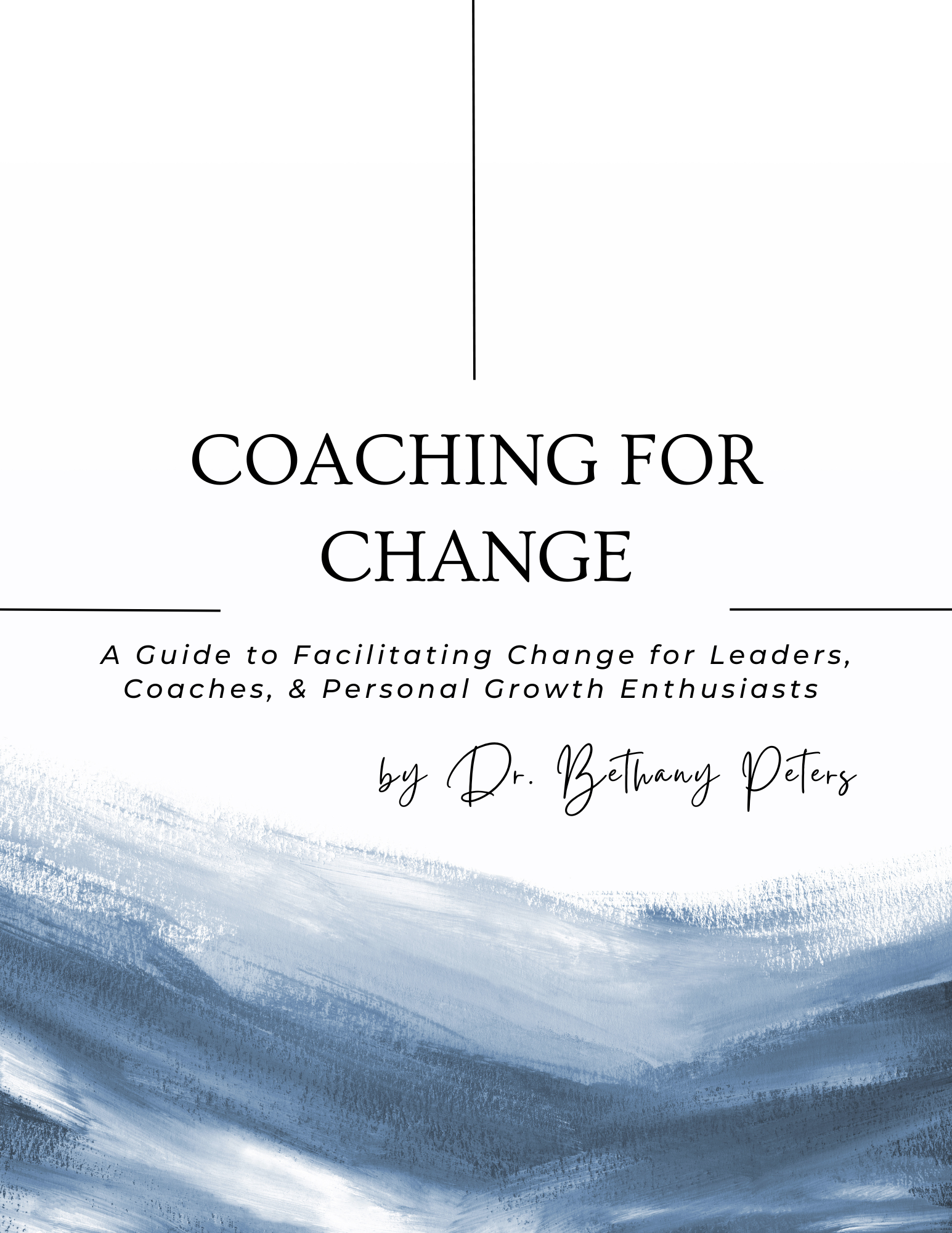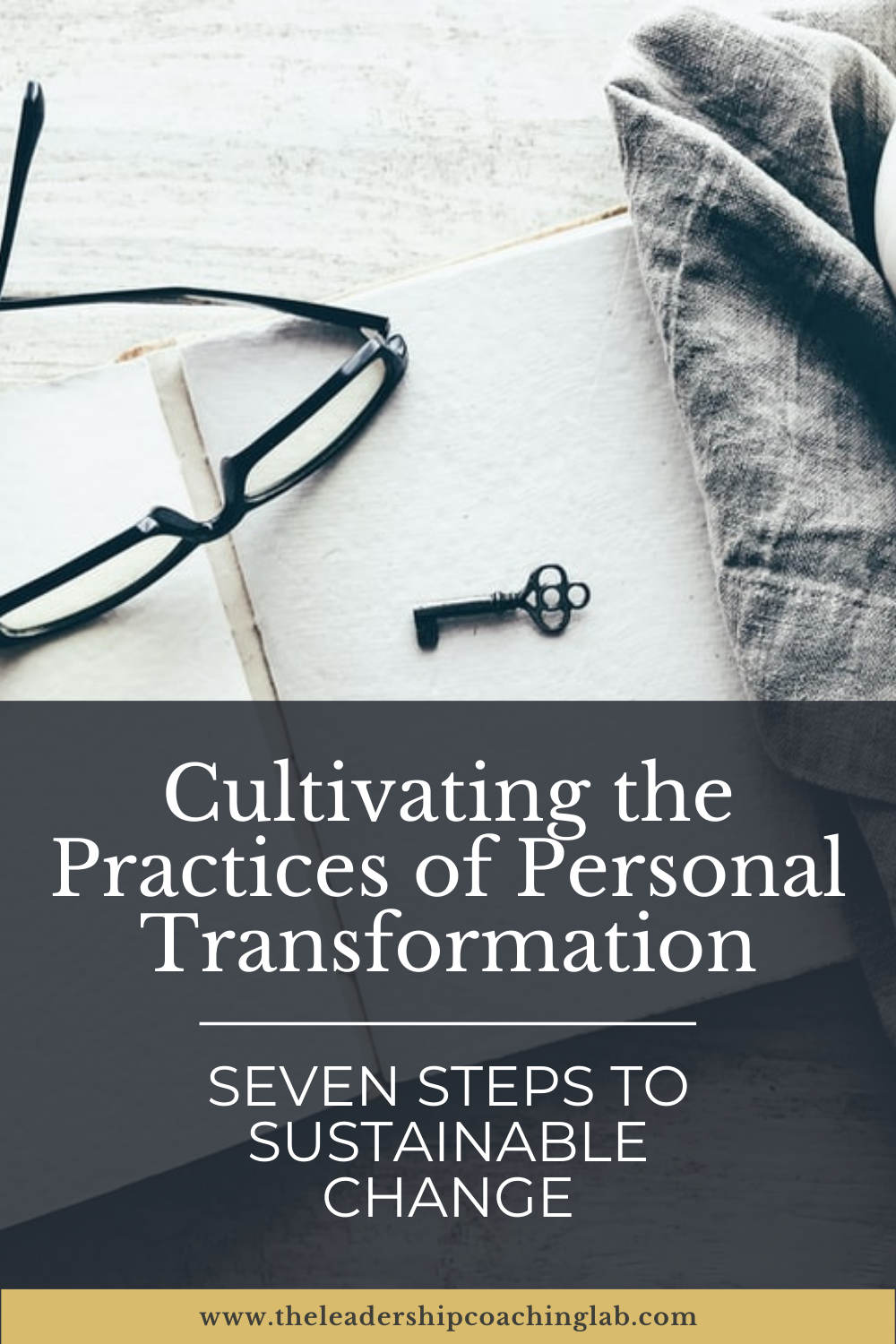Identify Winning Strategies [Step 6]
What strategies will help you meet your growth goals?
With two young boys full of energy under our roof, my parenting skills are frequently being stretched and challenged, and I find myself continually trying out new strategies for discipline, potty training, and resolving sibling rivalry. Amidst this consistent chaos, one of the parenting adages that brings a certain measure of comfort is to “do what works.” However, in order to find what actually works for my kids, I have learned that experimentation is essential. As we hit challenging growth spurts and unexpected obstacles, we have to try new approaches to learn how to become the parents our kids need us to be.
What if experimentation — to find the right combination of strategies — is an essential part of growth and change in our personal and professional lives as well? What if one reason we often get derailed is because we are stuck on a strategy that isn’t working?
Which combination of strategies will empower you to successfully achieve your growth goals?
Propose Multiple Strategies
It’s all too easy to assume that one specific growth strategy will lead to a successful personal change initiative. However, the process of discovering new perspective (explained in step 5) will likely inspire more than one strategy that could support you in reaching your goals. And having multiple options to try out will help you avoid getting stuck. So the first step is to have a list of strategies that you want to try, and choose one or two to test drive within a certain timeframe.
Testing your growth strategies is a form of prototyping, a technique used in design thinking to accelerate learning about what products or concepts will work for clients. A personal (or leadership) development prototype is essentially a low-stakes experiment you design to test drive one of your growth strategies to see how it works.
In their book Designing Your Life: How to Build a Well-Lived, Joyful Life, Bill Burnette and Dave Evans explain the benefits of prototyping:
“Good prototypes isolate one aspect of a problem and allows you to ‘try out’ some version of a potentially interesting future. Prototypes help you visualize alternatives in a very experiential way.”
Learn from Experimentation
Although it may be tempting, do not shortchange the opportunity to experiment, which can lead to some of your most valuable learning. Through establishing a customized timeframe (three to six weeks, for example), you are likely to realize that some of your strategies work better than others.
For example, if you are trying to improve your public speaking skills, perhaps you first try out prepping your speaking content two weeks in advance so you have plenty of time to prepare. After you’ve tried that, you can test out another strategy- you might, for example, add in a practice session with feedback from a friend or colleague as a next step. By intentionally experimenting with different approaches, you will likely be able to eliminate strategies that are distracting or unhelpful, and get closer to finding the combination of strategies that are most effective.
Throughout the experimentation process, you can observe and consider what criteria are helping to make your strategies successful (or unsuccessful). Creating a list of criteria offers a way to get specific about what works and what doesn’t:
Which strategies work within your current season and life circumstances? Which do not?
Which strategies align or conflict with your values?
Which strategies allow you to use your strengths?
Which strategies can you apply consistently?
What criteria will help you determine if your strategy is successful?
Navigate Uncertainty with Courage
In his book Deep Change: Discovering the Leader Within, Robert Quinn proposes that the experimentation phase is vital to identifying a new paradigm that will support sustainable change. However, this time of exploration is also often characterized by uncertainty. Some of your strategies will inevitably fail, but seeing what works and doesn’t is invaluable to the learning process.
“New paradigms are created by engaging a new action path, one in which we must separate from the status quo and courageously face and tackle uncertainty.”
Quinn suggests that experiencing uncertainty can produce a state of panic which threatens to distract and deter you from your vision of change. To address this directly, consider: how will you navigate the discomfort of uncertainty you may experience? Having a growth mindset (discussed in step 2) can empower you to experiment more freely instead of being fixated on the fear of failure or desire to determine a premature solution.
As you experiment with different options, which strategy is helping you see the most progress? Persevere in the experimentation phase until you experience what Quinn calls “confirmation,” or the “aha” moment in which one strategy or combination of strategies proves to meet your criteria for success and supports you in achieving your growth goals.
Get the Complete Toolkit to Inspire Growth & Change
Get my free 60-page ebook featuring my 8-step process for growth and 80 powerful questions for coaching or reflection - designed for leaders, coaches, & personal growth enthusiasts.
You'll also join 2,000+ professionals who receive The Coaching Mindset, my newsletter for practical tips to inspire intentional growth and tools to take a coach approach.
References
Burnett, W., & Evans, D. J. (2016). Designing your life: How to build a well-lived, joyful life. Knopf.
Quinn, R. E. (2010). Deep change: Discovering the leader within. John Wiley & Sons.





